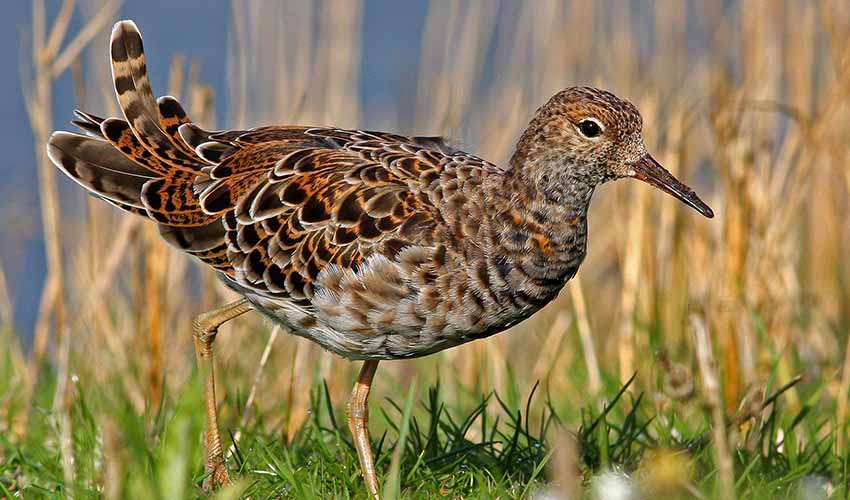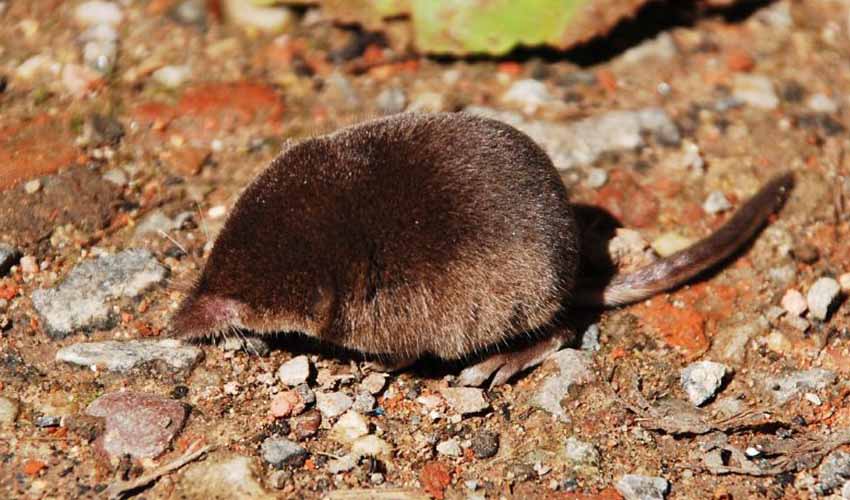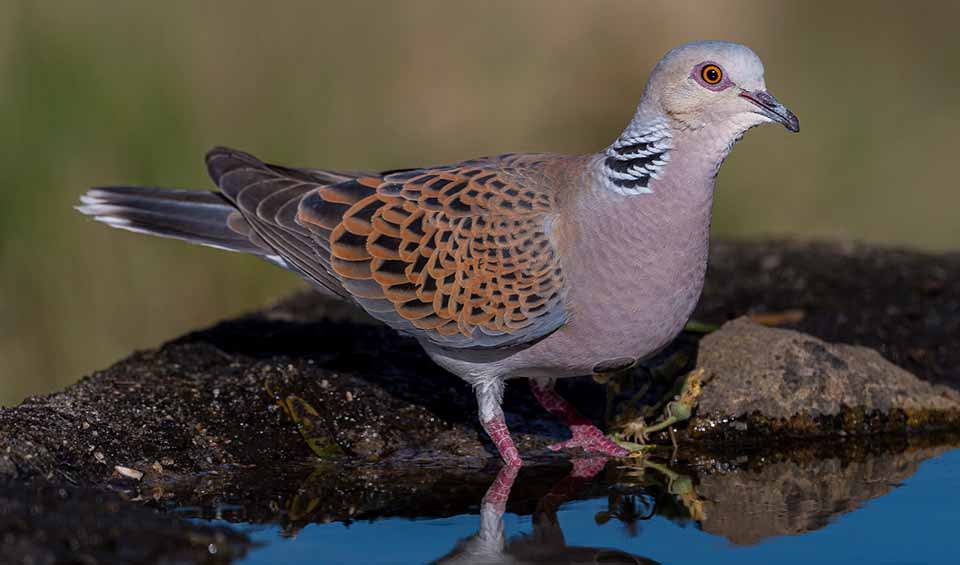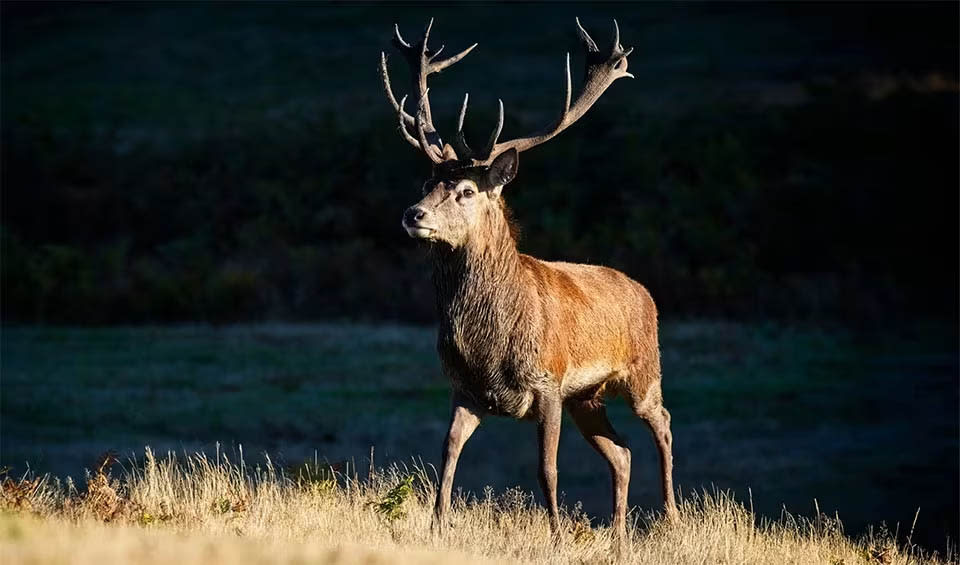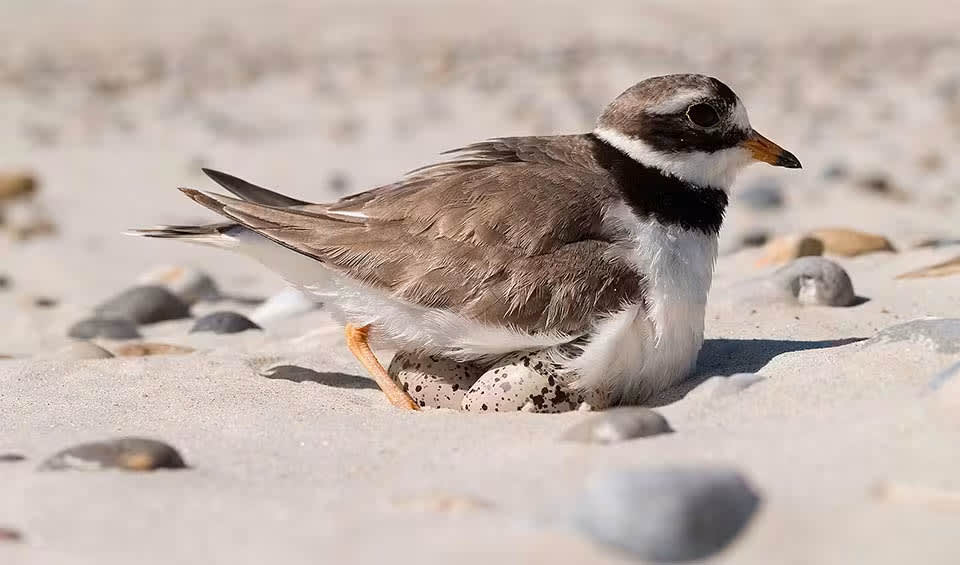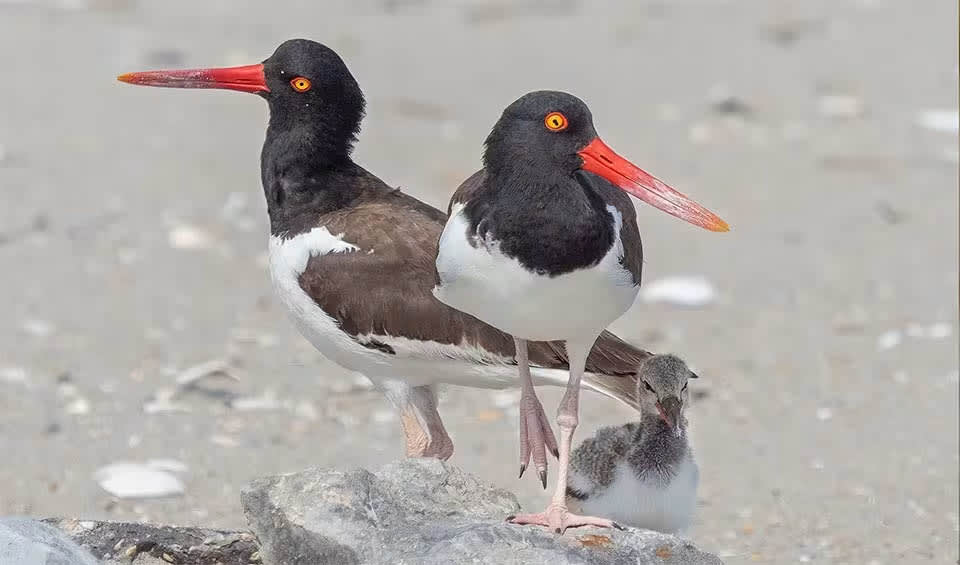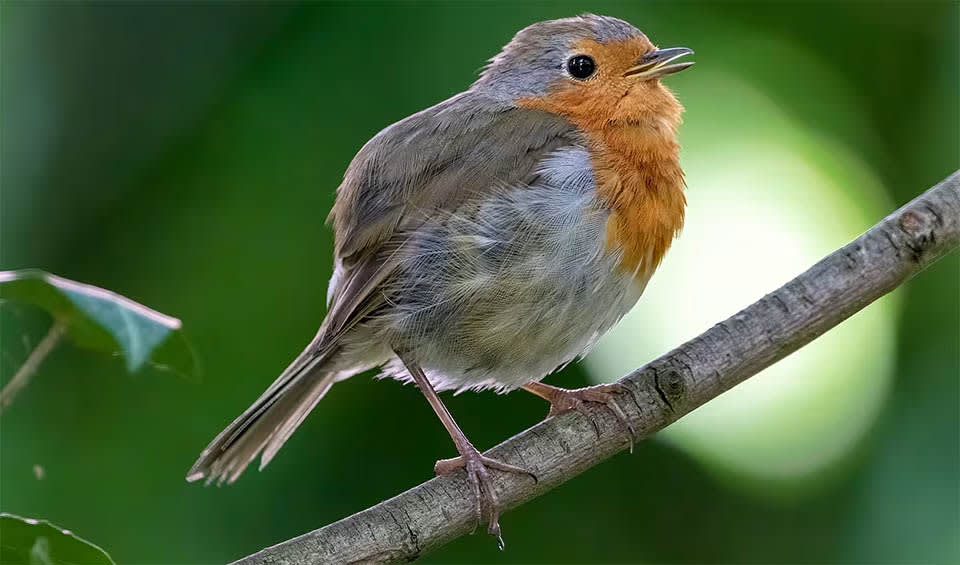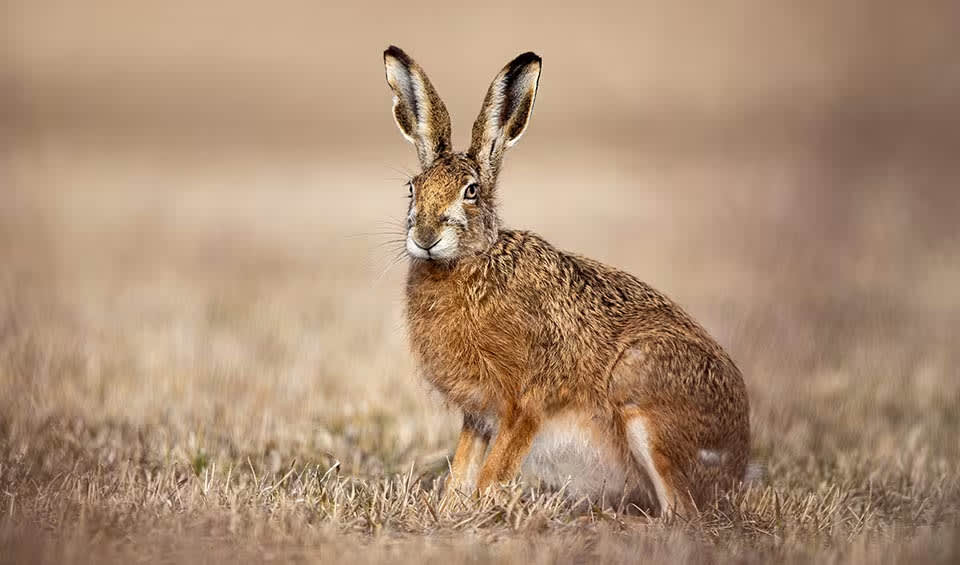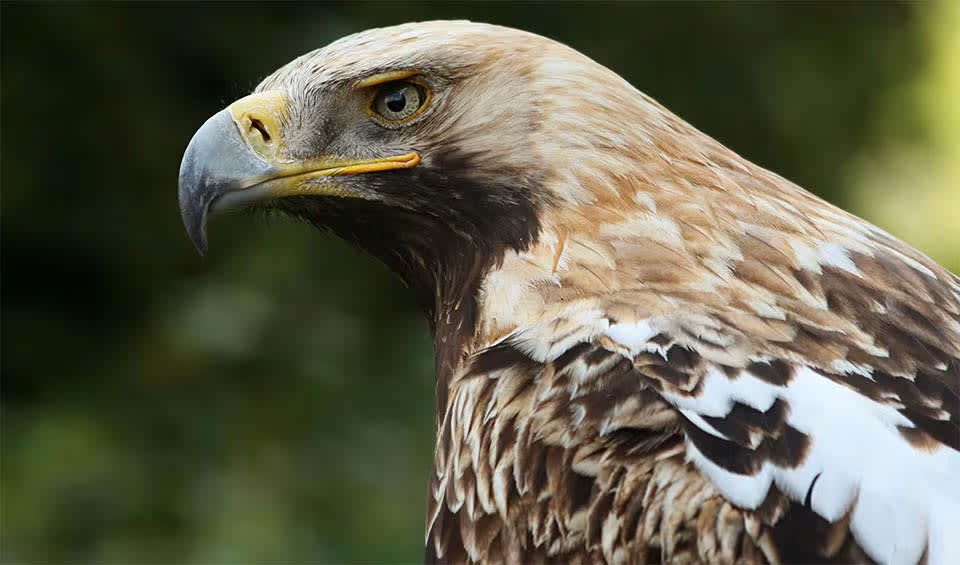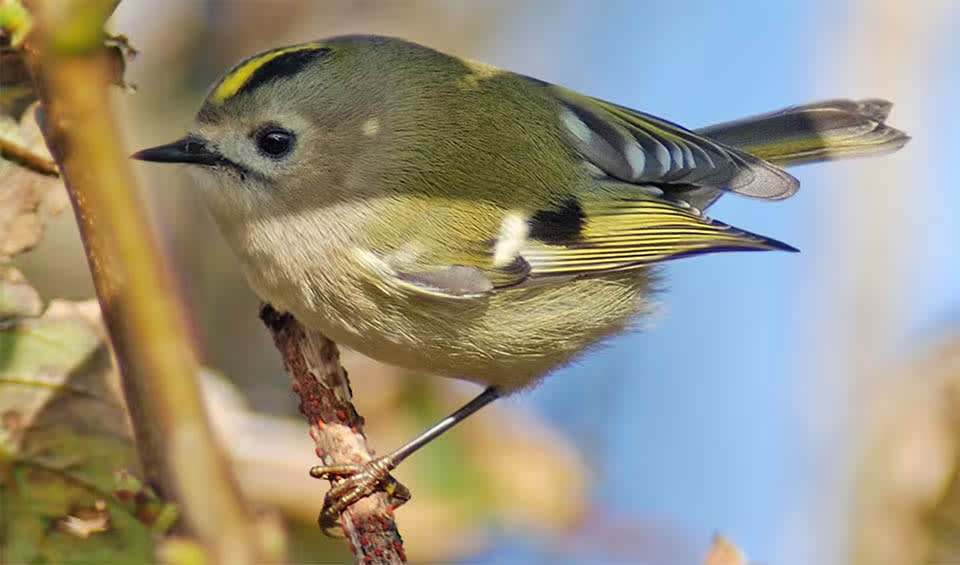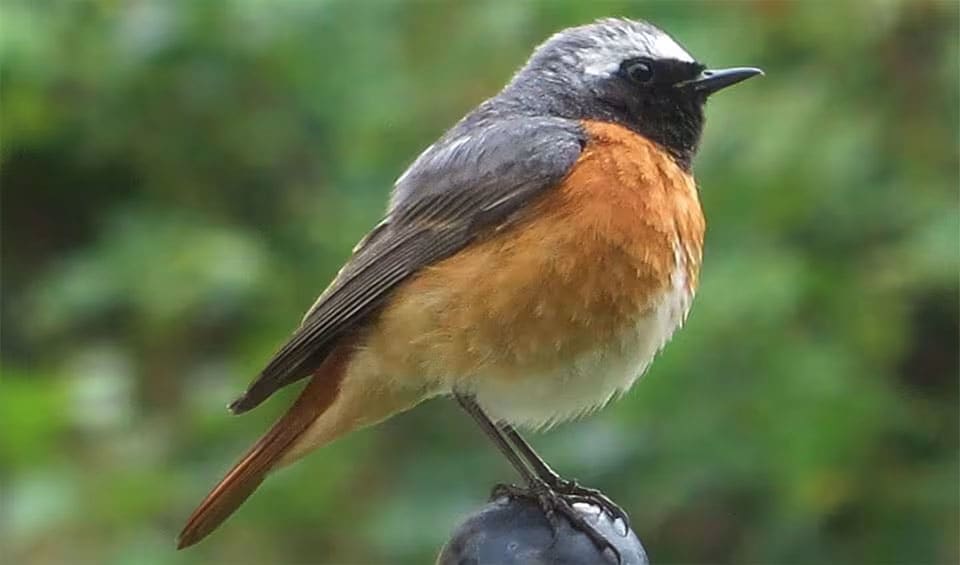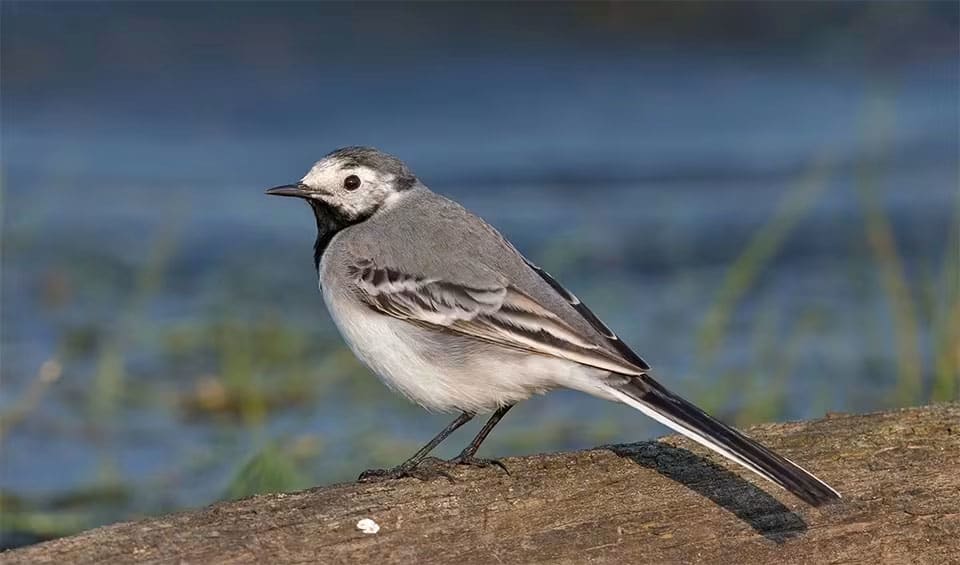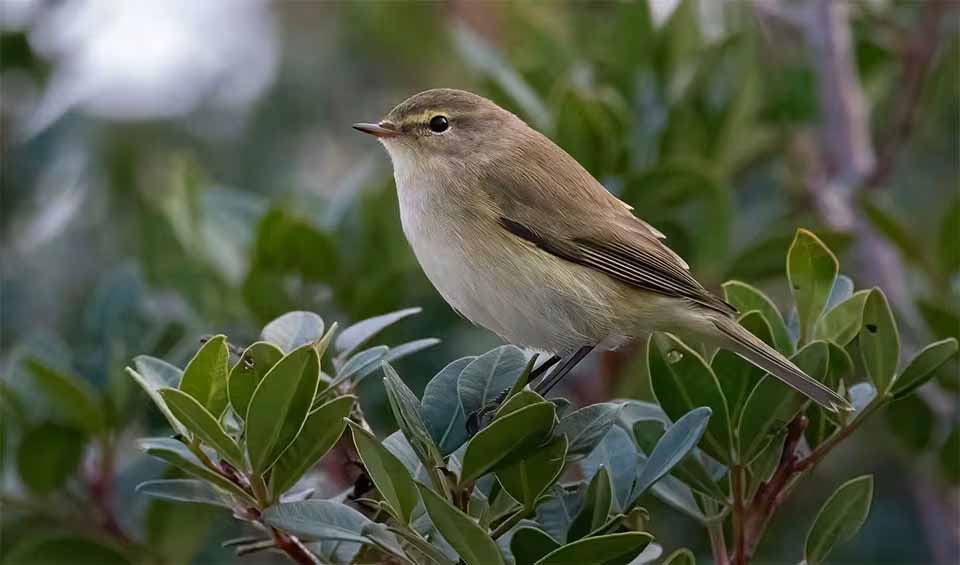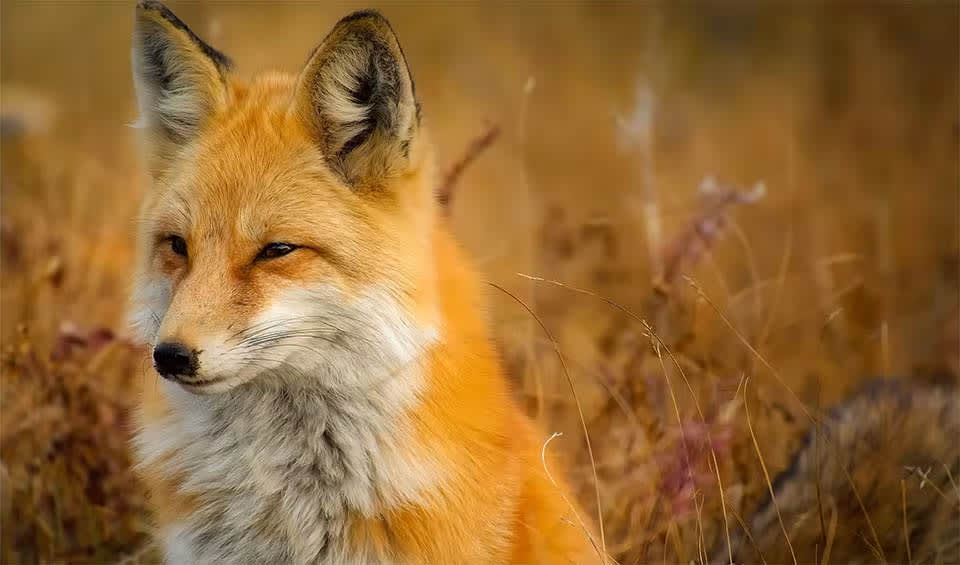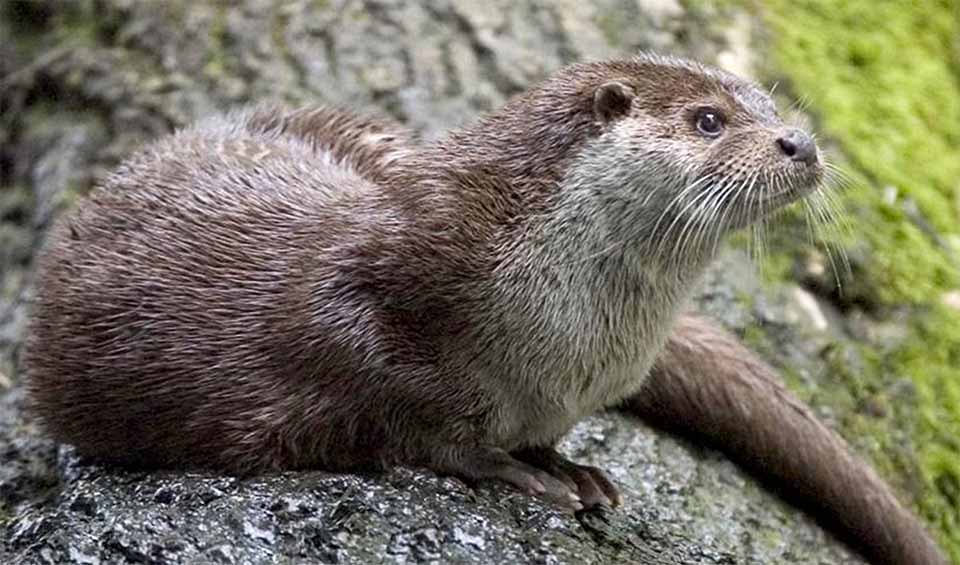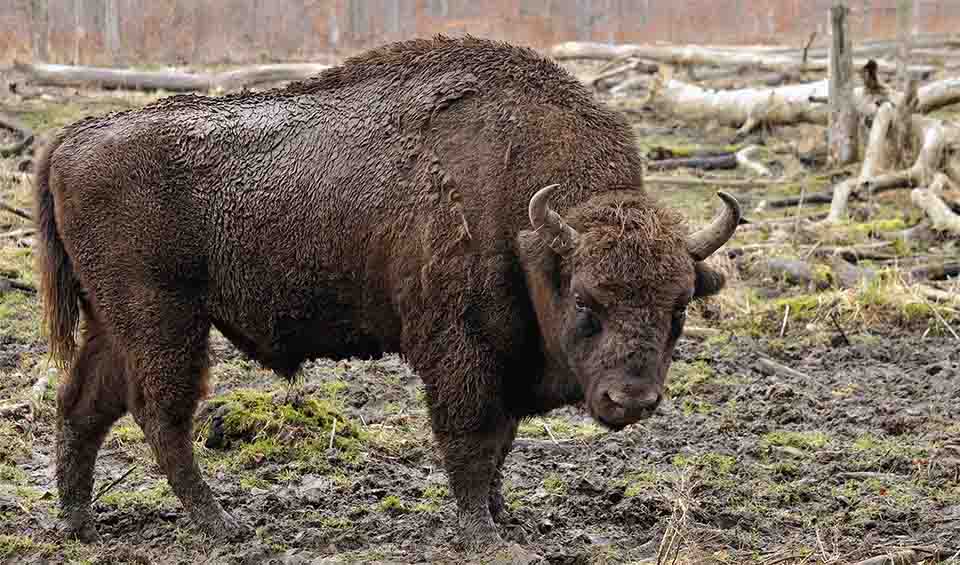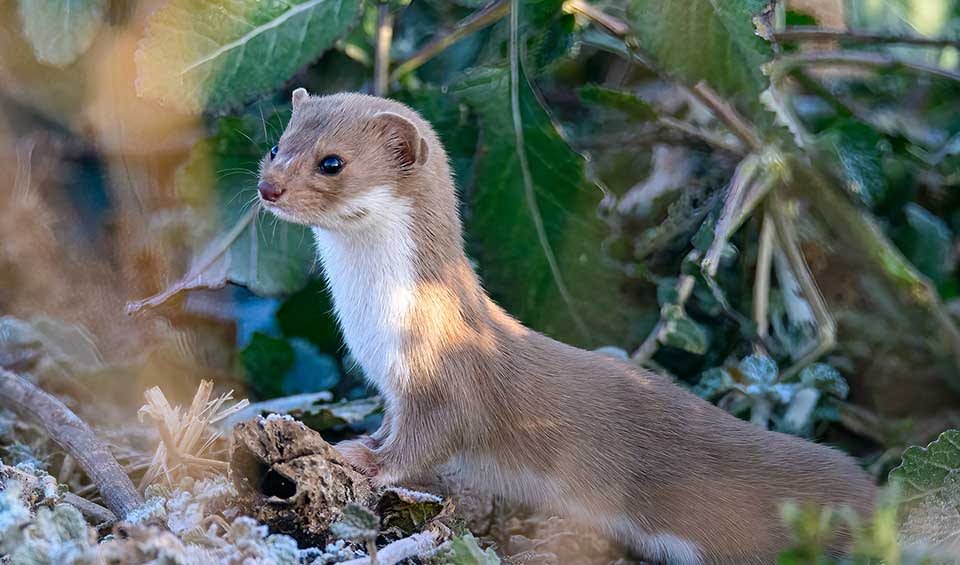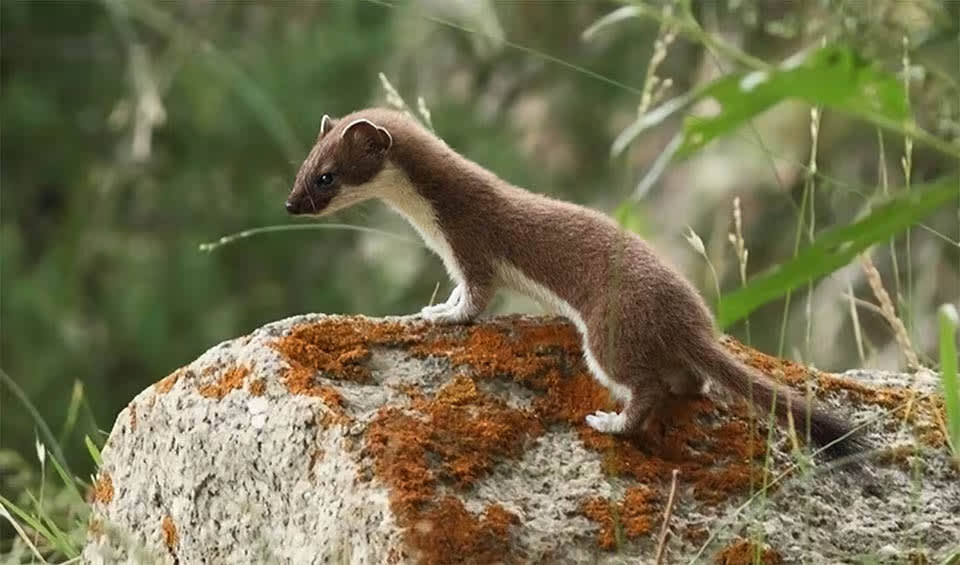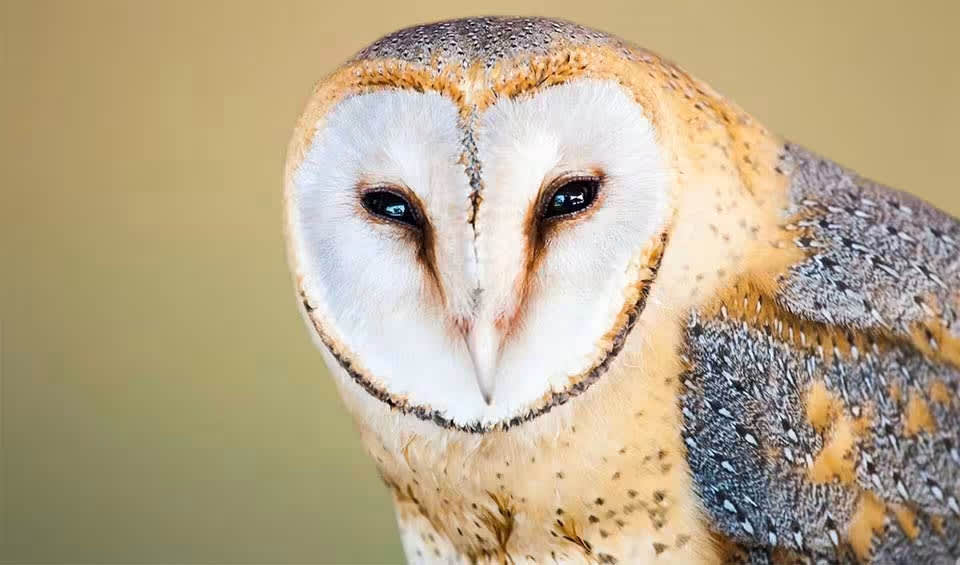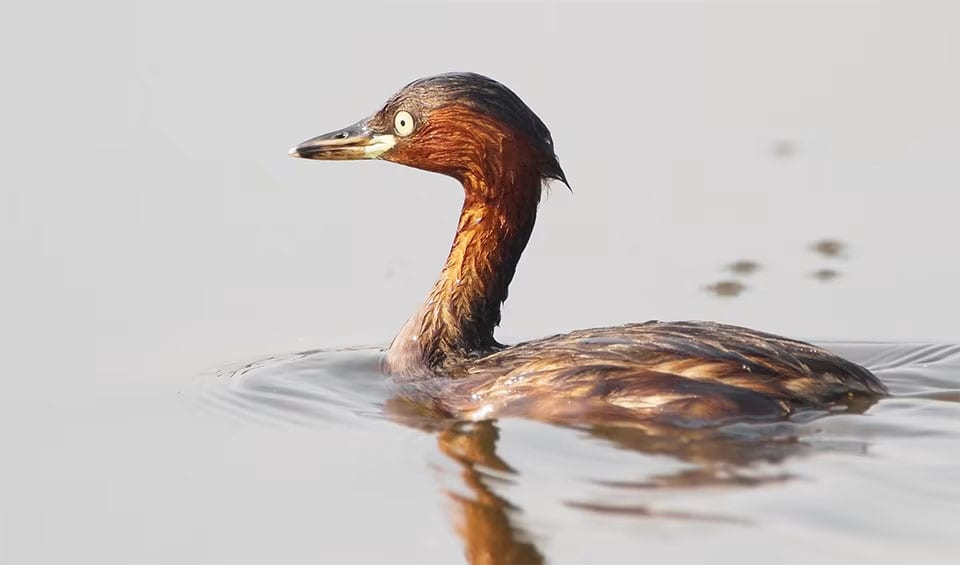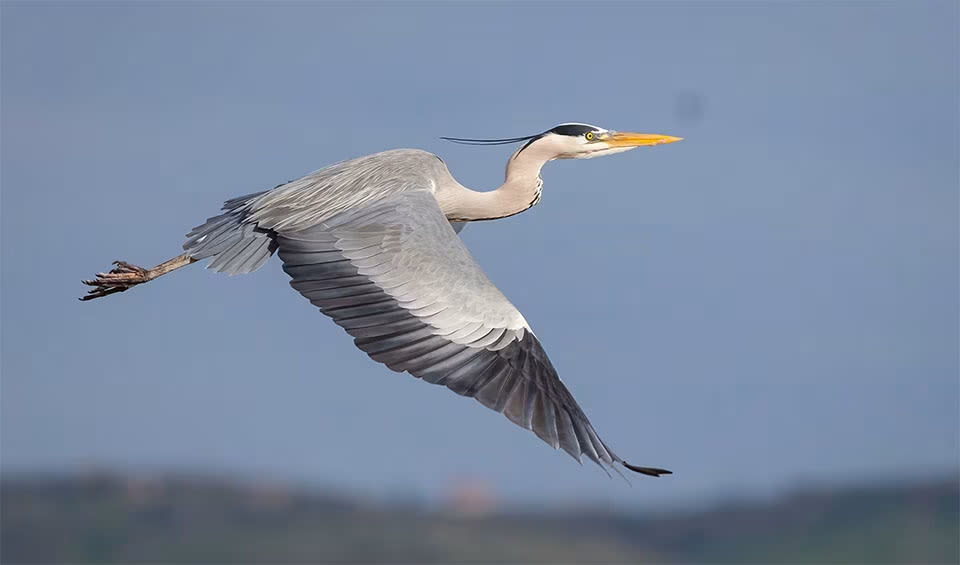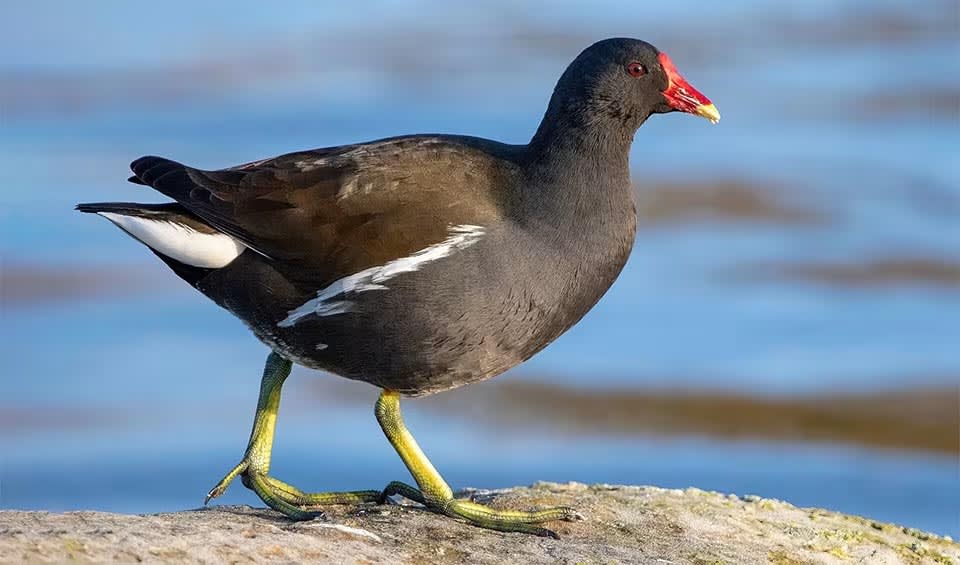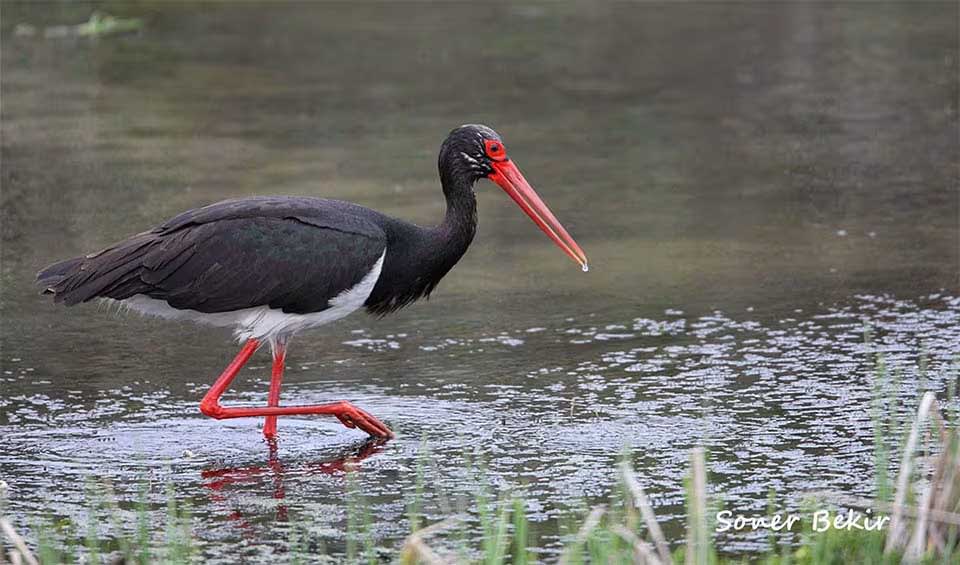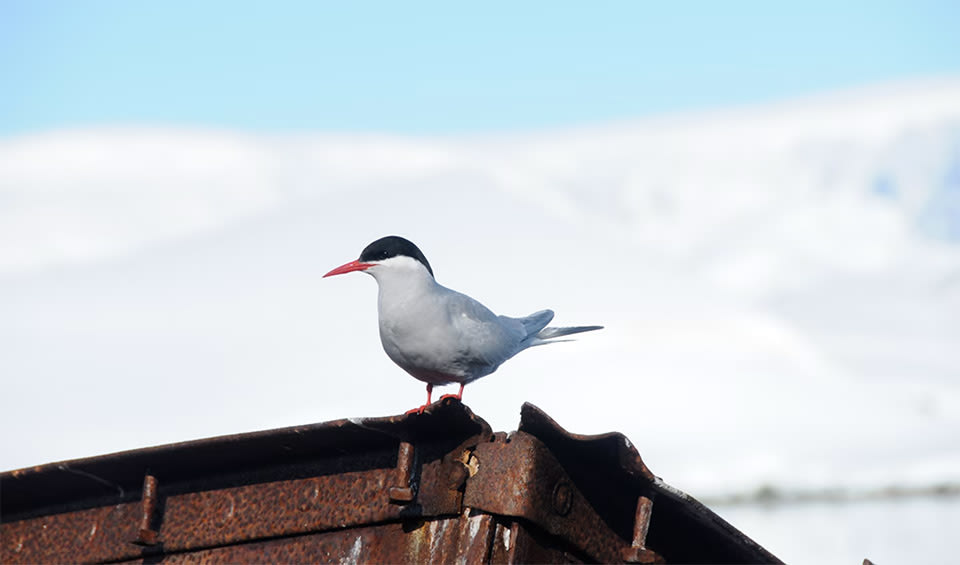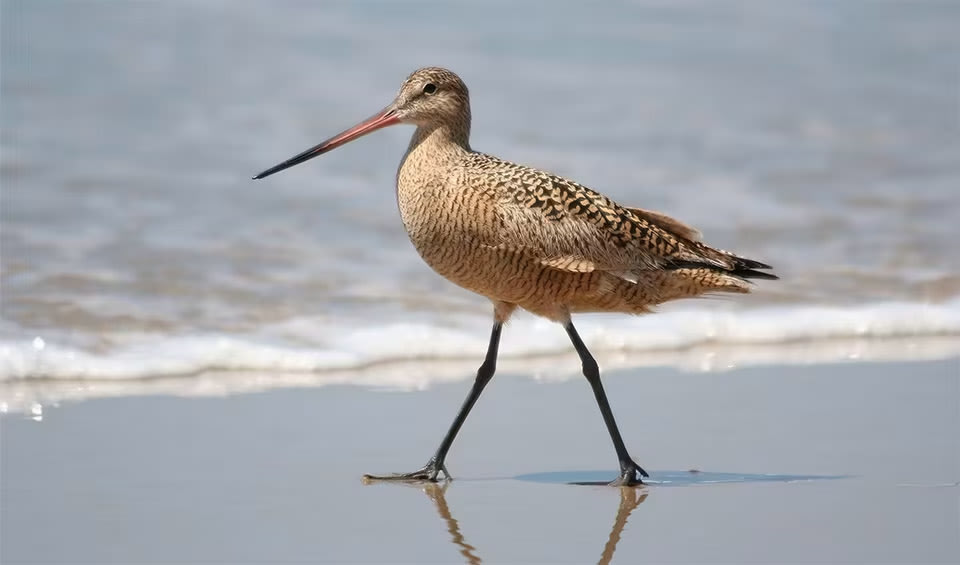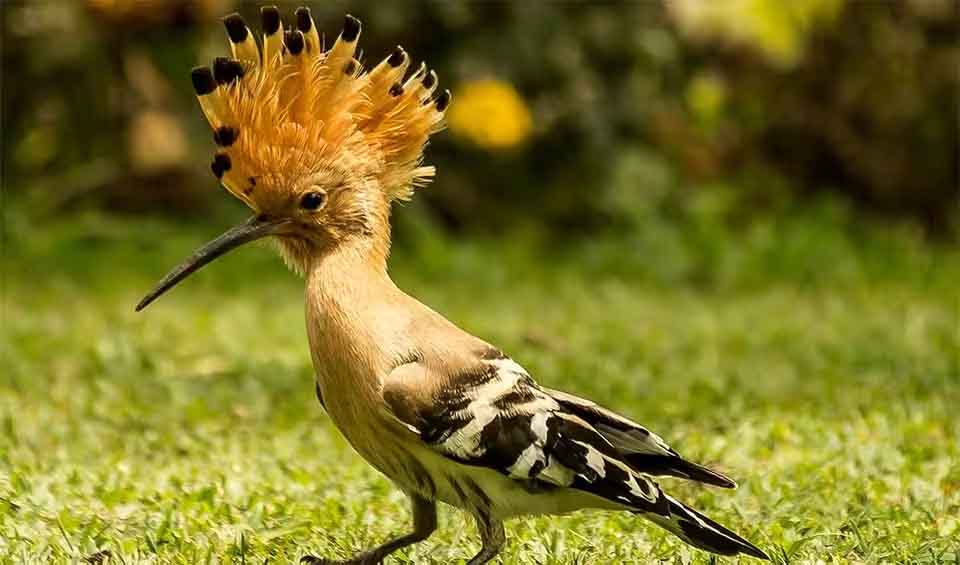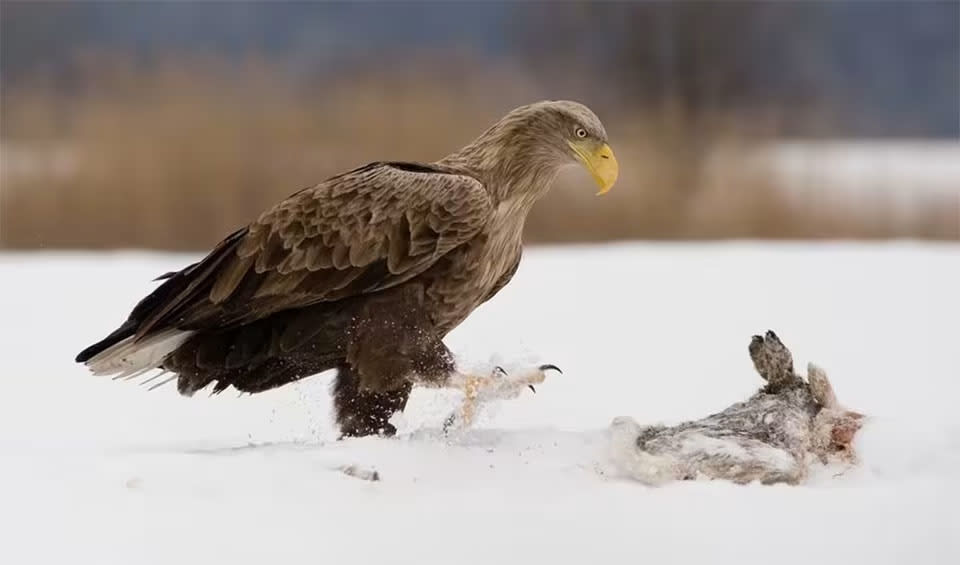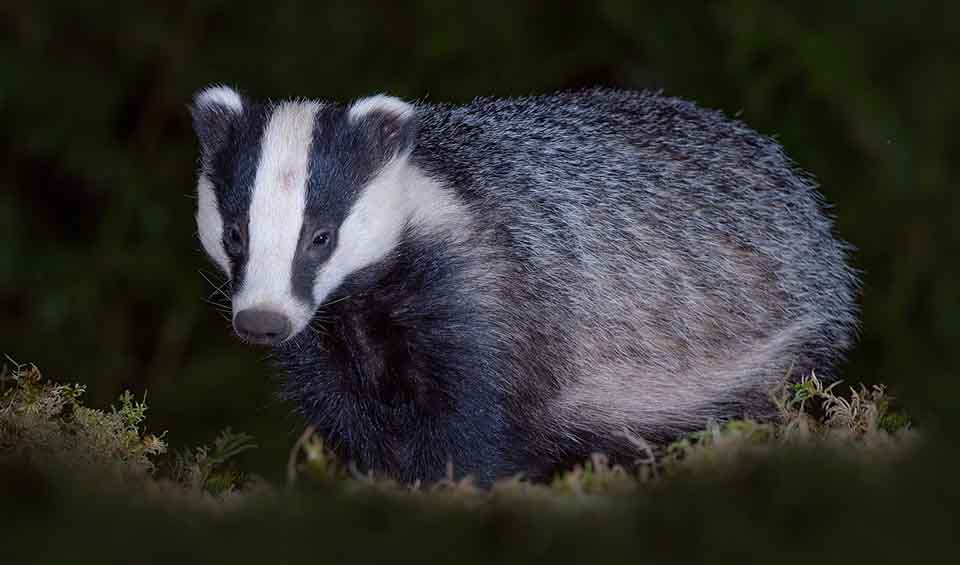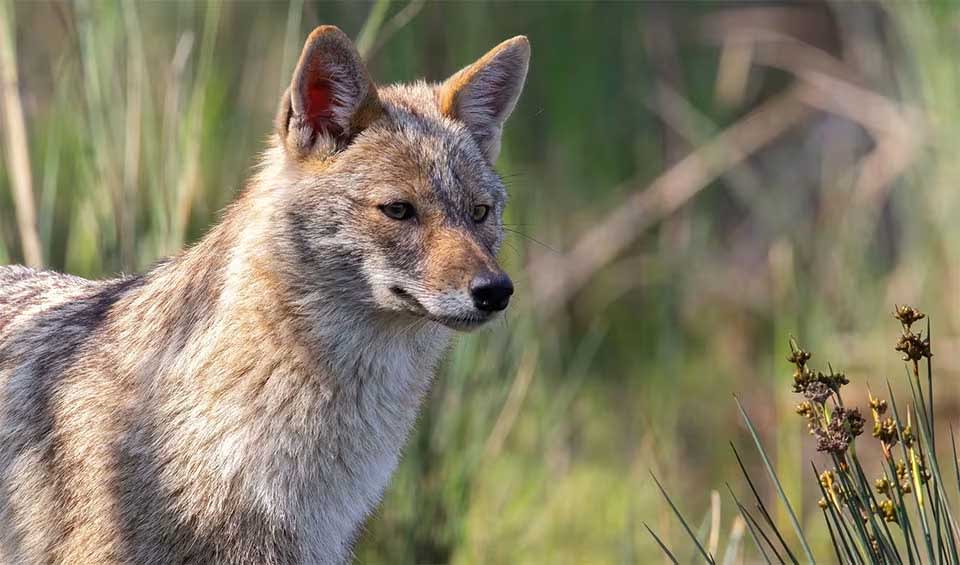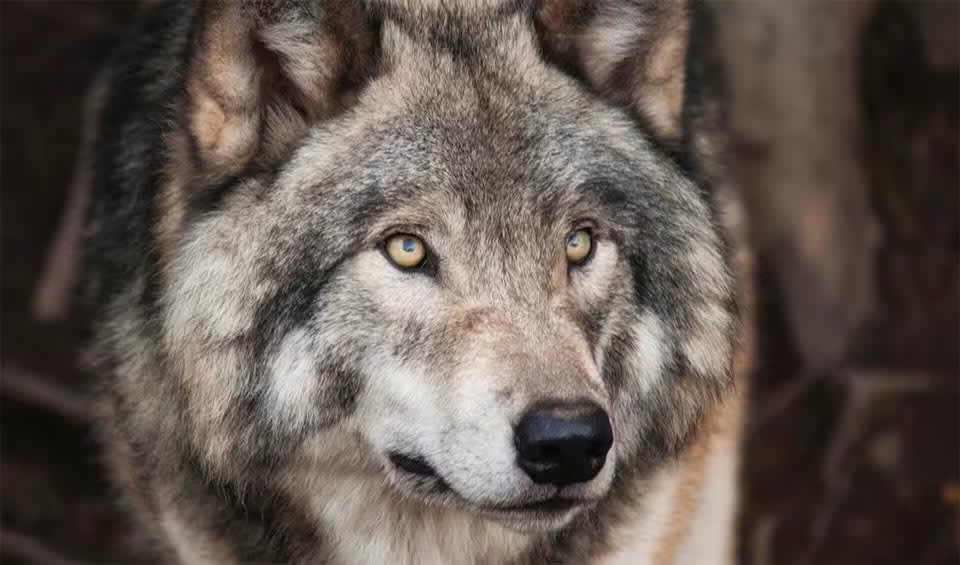Search for Lithuania
Ruff
Looks ordinary—but transforms into one of the most extravagant birds during breeding season
Brown rat
Can squeeze through shockingly small gaps if their head fits
Eurasian pygmy shrew
One of the smallest mammals in the world, and yet it lives one of the most intense lives
Atlantic salmon
Travels with nature’s GPS: a magnetic compass and a nose that never forgets home
Grey seal
Researchers once mistook their eerie underwater noises for a submarine!
Eurasian eagle-owl
These owls have specialized feathers that make their flight nearly silent
Ruddy turnstone
They flip the script — literally!
European turtle dove
The only long-distance migratory dove in Europe
Wood pigeon
Timid by nature, often flying off at the slightest sign of danger
Roe deer
One of Europe’s oldest surviving deer species
Redwing
In Iceland, its arrival is eagerly awaited as it signifies the end of the harsh winter
European herring gull
Famous for stealing chips, sandwiches, and even ice cream right out of people’s hands
Red deer
Not only one of the largest deer species but also among the most majestic
Sika deer
Introduced to many other parts of the world where some populations have become invasive
European fire-bellied toad
Known for its bright red belly, a bold warning to predators, combined with its distinctive “whoop” call
Common ringed plover
This bird taps its feet to imitate rain to make the prey reach the surface
Saker falcon
Their keen vision enables them to scan vast landscapes, identifying small movements or potential prey items even from high altitudes
European mink
Their webbed feet act like tiny paddles, propelling them through the water with surprising speed and agility
Little tern
Renowned for their spectacular aerial displays during courtship, including steep dives and intricate flight patterns
Common blackbird
Arguably among the most beautiful songbirds in the world — they enjoy singing after a rain shower
Common crane
The flocks of this social and gregarious bird are fond of migration, flying over the horizon and creating a V-shaped formation
Goosander
Its long, serrated beak, often called a “sawbill,” is perfectly adapted for catching slippery prey like fish
European roller
Loves trees! Only member of its family breeding in Europe
Eurasian oystercatcher
The masters of catching oysters, clams, and cockles
European starling
Brilliant mimics, they can copy bird calls and even human-made sounds like car alarms and ringing phones!
Lesser black-backed gull
A common sight in coastal regions throughout the Northern Hemisphere
European pine marten
Sometimes called the “squirrels of the weasel family” due to their impressive arboreal abilities
European pond turtle
At the first sign of danger, it will quickly dive into the water and hide
European goldfinch
Can hang upside down while feeding!
Muskrat
They’re kind of like big, furry rats but with a different shape
Common pochard
Can dive down to the bottom of a lake and rest there, safe from predators!
Eurasian skylark
They might not look like much, but they have an incredible talent: singing!
European pied flycatcher
Males are particularly eye-catching with their black and white plumage, looking like they’re wearing a little tuxedo
European Robin
Can be quite friendly and will often come close to humans, especially if they’re offered food
Great grey owl
One of the biggest owls in the world, but don’t let its size fool you – it’s actually quite light!
Garden dormouse
You might mistake it for a big squirrel, but it’s smaller and has a more delicate appearance
European hare
Unlike rabbits, they don’t live in burrows, instead, they make shallow nests in the grass called forms
Eastern imperial eagle
Its imperial imagery and fierce demeanor have made it a symbol of power and nobility throughout history
Goldcrest
A tiny bird, one of the smallest in fact!
Barn swallow
Most common and widely distributed swallow globally
Northern lapwing
Very active and noisy, with a loud, piercing call that sounds like “pee-wit”
Ural owl
Known to be fiercely protective of their nesting sites and will aggressively defend their territory from intruders, including humans
Common nightingale
Often called the “singer of the night,” it produces a complex and beautiful melody that has captivated people for centuries
Lesser grey shrike
Have been observed remembering the locations of their impaled prey and even using tools to help them catch food
Marsh frog
Quite noisy creatures which is a common sight in wetland areas
Moor frog
Male undergo a striking transformation during a short breeding window, displaying a vibrant blue color
Natterjack toad
Instead of hopping like other toads, they have a funny little walk, almost like they’re running!
Common spadefoot
Can produce a peculiar garlic-like smell when threatened, which acts as another line of defense to deter predators
Northern crested newt
Can regrow lost limbs, tails, and even parts of their heart and eyes
Smooth snake
Can live for several decades under the right conditions, but grow slowly and only reach maturity after several years
Russian desman
Imagine a mammal that blends the features of a mole with a rat, but with a surprisingly luxurious tail!
Pond bat
Nicknamed the “fisher bat” because of its water-skimming habits
Northern white-breasted hedgehog
When threatened, they roll into a tight, spiky ball, tucking in their face, feet, and belly
Mute swan
Known for their graceful movements and the distinctive “S” shape of their neck
Mountain hare
Can switch from winter white to summer grey – truly a nature’s savvy survivors!
Wood mouse
Often lives close to humans and is sometimes seen as a pest
Whooper swan
Very loyal partners! Once they find a mate, they usually stay together for life
Grass snake
One of the most common reptile of the European wetlands
Common toad
A warty amphibian with golden eyes
White-throated dipper
Can walk along the riverbed using its wings to stabilize itself against the current
Smooth newt
They have the ability to regenerate lost limbs and other body parts, a superpower in the animal kingdom!
Common pheasant
One of the most hunted, widespread, ancient, and well-known game birds
Eurasian blackcap
The males, in particular, produce a rich and intricate song that contributes to their charm
Common redstart
They consistently display a restless demeanor and exhibit a distinctive, tail-trembling behavior
White wagtail
Holds cultural symbolism in some societies, representing good luck
Eurasian kestrel
Adaptable raptor known for its hovering hunting technique and striking appearance
Common chiffchaff
Their migratory behavior is often linked to the availability of insects for food
Eurasian beaver
The furry flat-tailed mammal that builds its own aquatic empire
Red fox
Ladies and gentlemen, please welcome the world’s most widely distributed carnivore!
Common kingfisher
Possessed with special visual adaptations to catch fish
Eurasian otter
Fiercely territorial, marking their territory with scent to communicate with other otters
European water vole
They are excellent swimmers and can hold their breath for up to 30 seconds underwater
European mole
A tiny creature that dwells below the surface in a complex system of tunnels and burrows
European bison
Habitat destruction & overhunting led to extinction in the wild, now gradually being reintroduced
Brown bear
The second largest bear, right after the polar bear. Sadly, it well might top the list soon
Least weasel
The smallest carnivorous predator in the world and so have limited fat stores and need to eat more than 50% of the body weight
Stoat
A small, fierce predator known for its agility, hunting skills, and color-changing fur
Great cormorant
Due to their adaptability and willingness to migrate to more favorable habitats, great cormorants are found worldwide
Barn owl
The most cosmopolitan of owls with home ranges extending across the globe
Little owl
Aptly named after the goddesses of wisdom and war, little owls have lived alongside human civilizations since 500 BC
Little grebe
This cute and small bird is one of the most elite hunters below the water’s surface
Gray heron
Exhibit powerful flight, with distinctive slow wing beats and an extended neck, defining features during their aerial movements
Purple heron
Its neck is insanely long and super flexible, giving it a slinky, snake-like appearance when it hunts
Great tit
The songbird that occasionally eats bats
House sparrow
The most widely dispersed wild bird
Marsh warbler
One of the best avian vocal mimics
Eurasian coot
Like those bulging red eyes weren’t scary enough, they eat their innocent chicks when hungry
Common moorhen
Living around smelly brackish marshes is unthinkable, but these birds love their isolated habitat or don’t have a sense of smell
Arctic loon
The most numerous wild bird species in the world
Willow ptarmigan
Most common of the Galliformes in the wild habituating subarctic Tundra can tolerate brutally cold winters
Peregrine falcon
At the speed of over 321 km/h (200 mph), this bird outraces a Formula1 car
Black stork
The stork with the widest geographic range
White stork
The folktale bird that brings the babies!
Eurasian stone-curlew
One of the bigger waders with a reptilian eye
Great skua
Jack Sparrow of the bird kingdom
Common murre
The penguins that can fly
Atlantic puffin
This incredible bird can hold up to 30 fish in its beak at once
Arctic tern
This bird can give any cross-country runner a run for their money
Common tern
This bird holds the record of the longest distance flown by any bird in recorded history
Black-tailed godwit
The most elegant of all godwit species
Common swift
These enthusiastic travelers can be seen almost worldwide in different seasons
Eurasian hoopoe
Dependable wings and a muscular build. Nope, we aren’t talking about the next Redbull ad campaign
Mallard
This invasive species is the ancestor to most of the modern ducks
White-tailed eagle
Extinct and reintroduced – What’s the story behind these so-called ‘flying barn doors’?
Golden eagle
This majestic brown raptor is most widely distributed eagle species
Western marsh harrier
The yellow-eyed devil
Eurasian sparrowhawk
Better call the ambulance before the Sparrowhawk comes to devour all those who are injured
Common buzzard
They eat just about everything — rabbits, rodents, birds, carrion, earthworms, insects… even beetles get a look-in
Short-toed snake eagle
A magnificent migratory bird with long, broad wings and a short tail that sings in the form of musical whistles
Osprey
One of only six land-birds with a cosmopolitan distribution habituating all continents except Antarctica
Raccoon
‘Raccoon’ comes from ‘arakun’ meaning ‘he scratches with hands’ in Algonquin Indian
European badger
One of the only predators of hedgehogs, thanks to their thick skin and long claws to get past the vicious spines
Eurasian lynx
Once widespread throughout most of Europe, by now extinct in most of Western and Central Europe
Common raccoon dog
Named after their superficial resemblance to the raccoon, however, they are not closely related to each other
Golden jackal
Exceptional hunters, but they can feed solely on grass and survive in the absence of prey
Wolf
The howl of each wolf is different
Wild boar
They have an elongated and elastic snout that can be used to dig out roots and bulbs
Slow worm
You might mistake them for snakes, but they are merely legless lizards
Viviparous lizard
One of the few reptiles that can not only lay eggs but also give birth to live young
European adder
A venomous snake native to Britain and found all across Europe
European green toad
An unusual amphibian that can survive high temperatures and is even quite tolerant to desiccation
Eurasian cave lion
Roaming the frozen tundras of Europe and Asia, this mighty lion stood at the top of the food chain – a true king of the Ice Age
